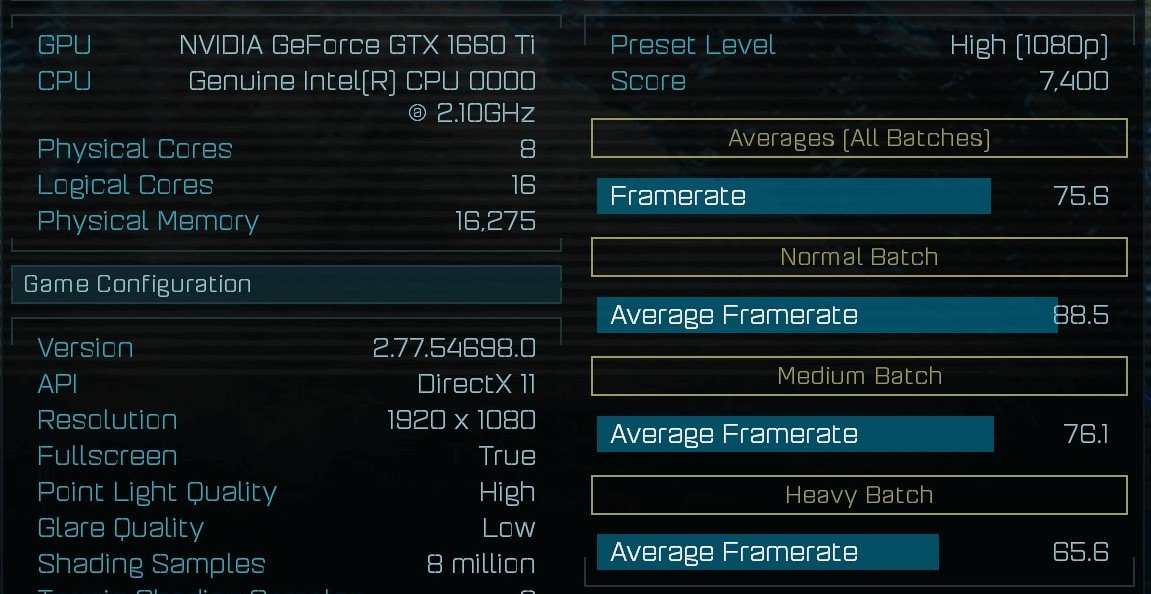The rumors about an upcoming Nvidia GeForce GTX 1660 Ti have been given some additional credibility by some new benchmarks. These show a performance level that’s more or less in line with the number of CUDA cores we’re expecting compared to the GTX 1060.
During CES 2019, Nvidia launched the latest graphics card in the RTX series. With the new Geforce RTX 2060, Nvidia now covers the important mid-range price range (or bottom high-end if you prefer). The older GTX 1000 series is nevertheless still around as cheaper alternatives to the new ray tracing-capable cards.
Rumors have also been floating around that Nvidia is preparing to launch two additional GPUs called GeForce GTX 1660 and GTX 1660 Ti. The latter is believed to be Nvidia’s mid-range card just below the RTX 2060.
Giving credence to these rumors are some benchmarks from Ashes of the Singularity, published with a GPU named Geforce GTX 1660 Ti. which is believed to be the name of Nvidia’s model under the RTX 2060.

An important detail is that the result appear to come from a laptop, meaning that the 1660 Ti will likely be faster in its desktop variation.
Using the “High (1080p)” pre-set in the built-in benchmark, the 1660 Ti gets a score of 7,400 points, while a comparable GTX 1060 for laptops gets 6,200 points. This corresponds to an increase of about 19 percent compared to Nvidia’s most popular mid-range graphics card.
Also interesting in this context is that the increase more or less corresponds to the increase in CUDA cores that the Geforce GTX 1660 Ti is supposed to have. Today’s GTX 1060 has 1,280 CUDA cores, while the putative GTX 1660 Ti supposedly comes with 20% more, or 1,536 CUDA cores in total.
The fact that the performance increases in line with the number of CUDA cores could mean a couple of things.
- that the Geforce GTX 1660 Ti might actually be based on the ageing Pascal and not the Turing architecture, which delivers significantly improved performance per CUDA core.
- that the GTX 1660 Ti is based on Turing but comes at a significantly lower clock frequency in the laptop version.
Many details of the GTX 1660 Ti are still unknown, including the name (some equate it with GTX 1160). In addition to 6 GB graphics memory, the only thing that is really presumed by all is that it comes without RT cores and support for real-time ray tracing.
A release date is not known either, but is believed to be late February 2019. Nvidia’s CEO also recently stated that the Geforce GTX 1060 will disappear from the market in a matter of weeks, which calls for a replacement and this could be it.